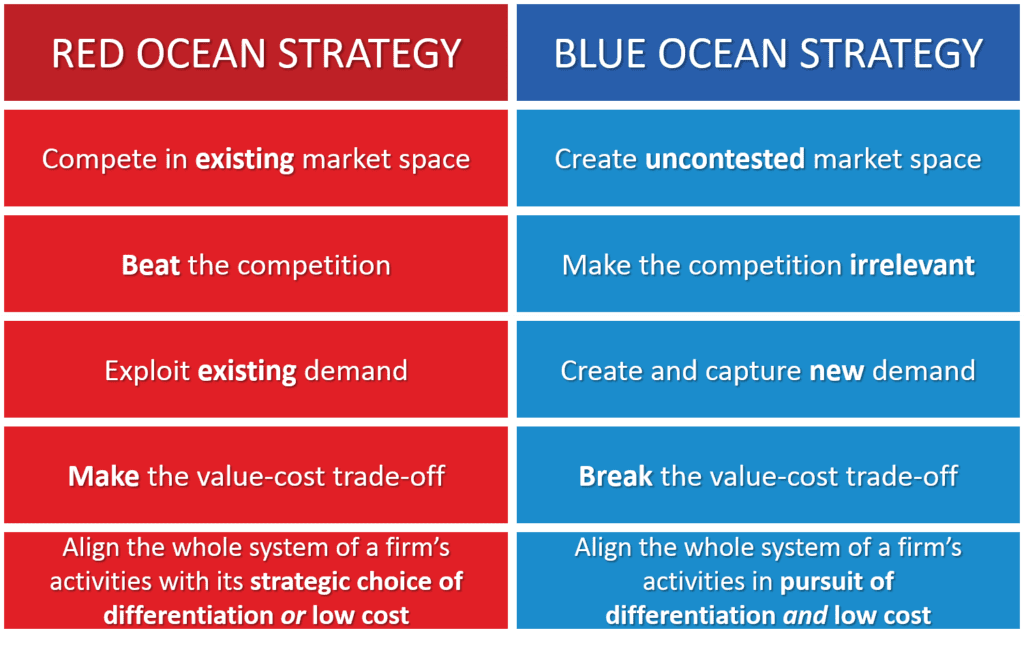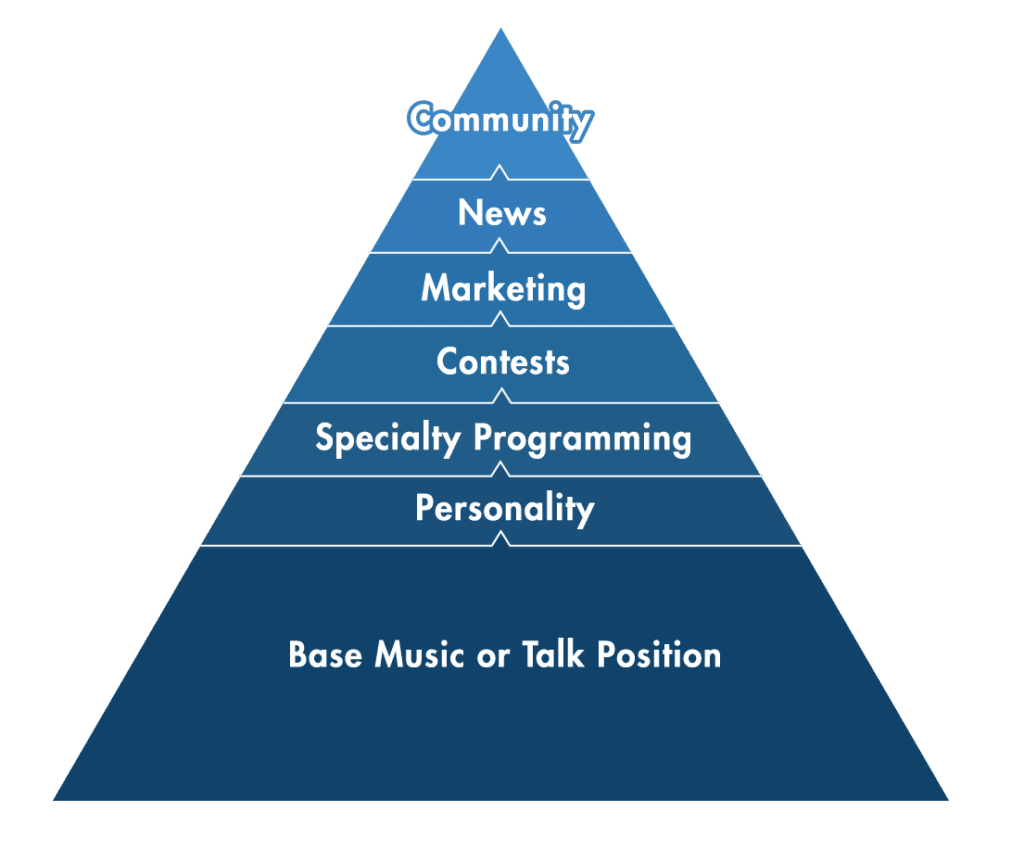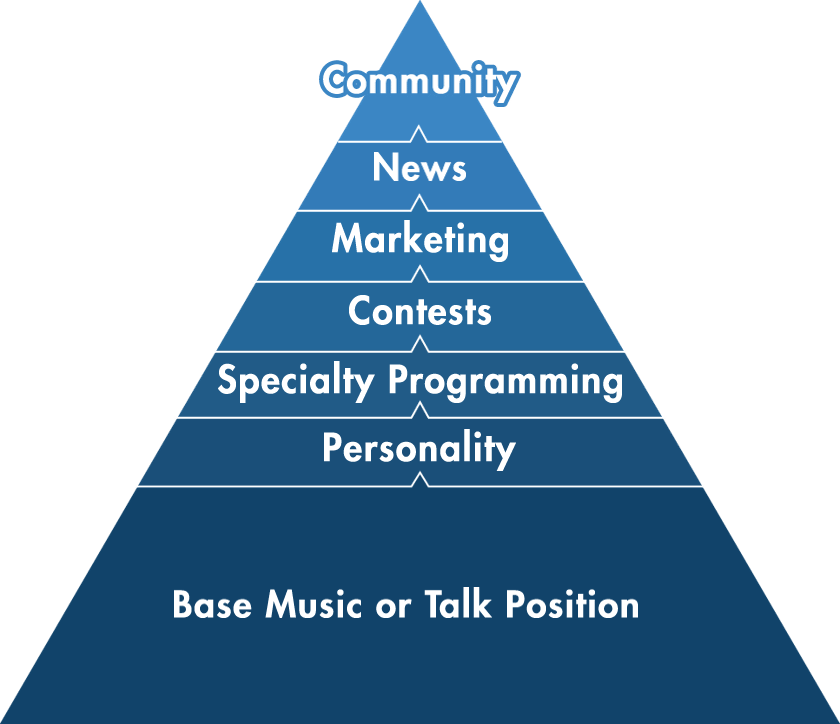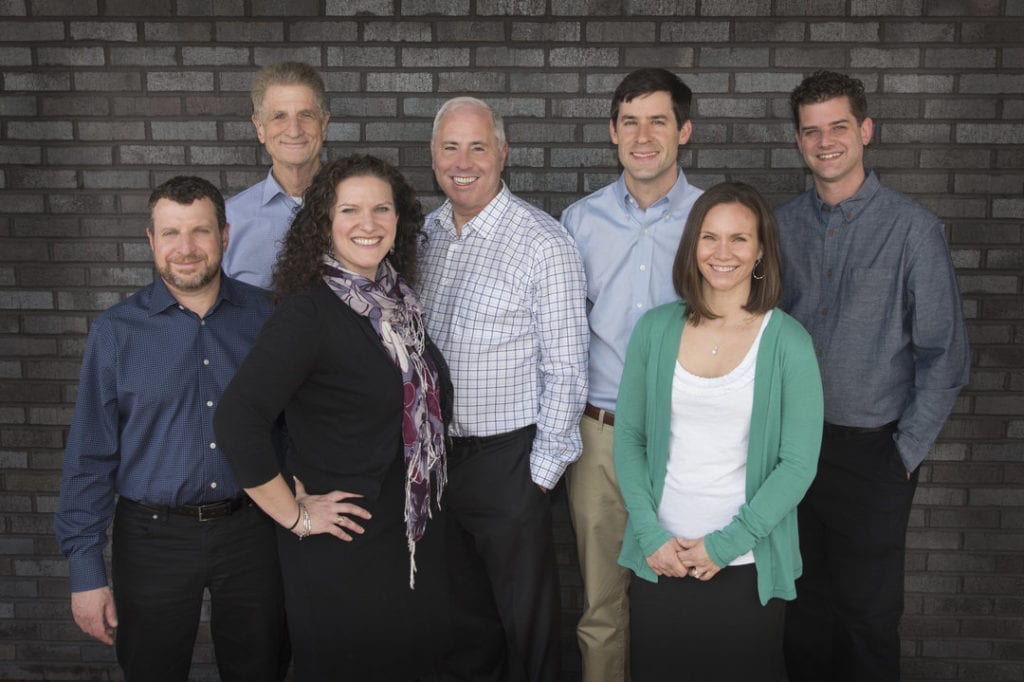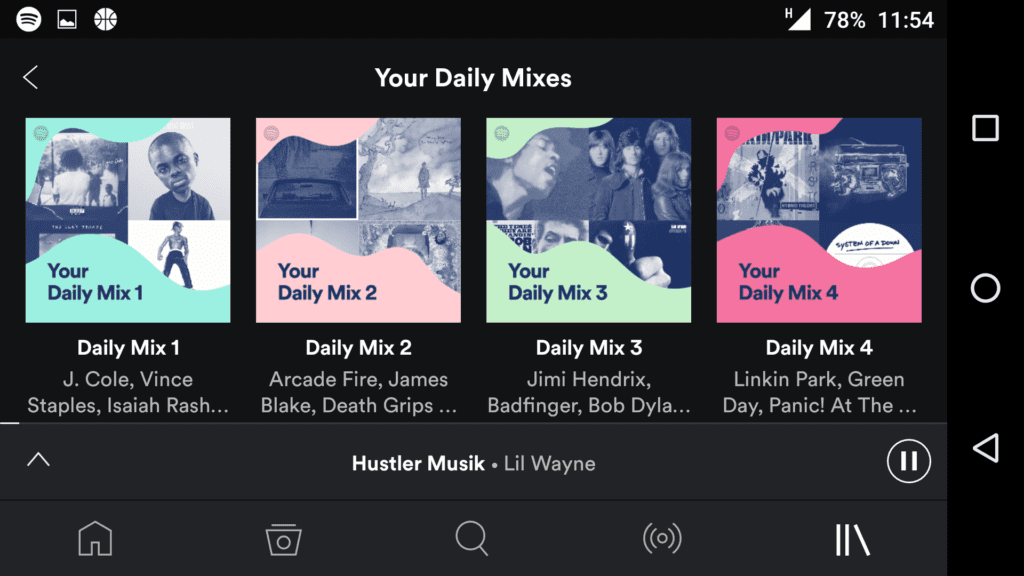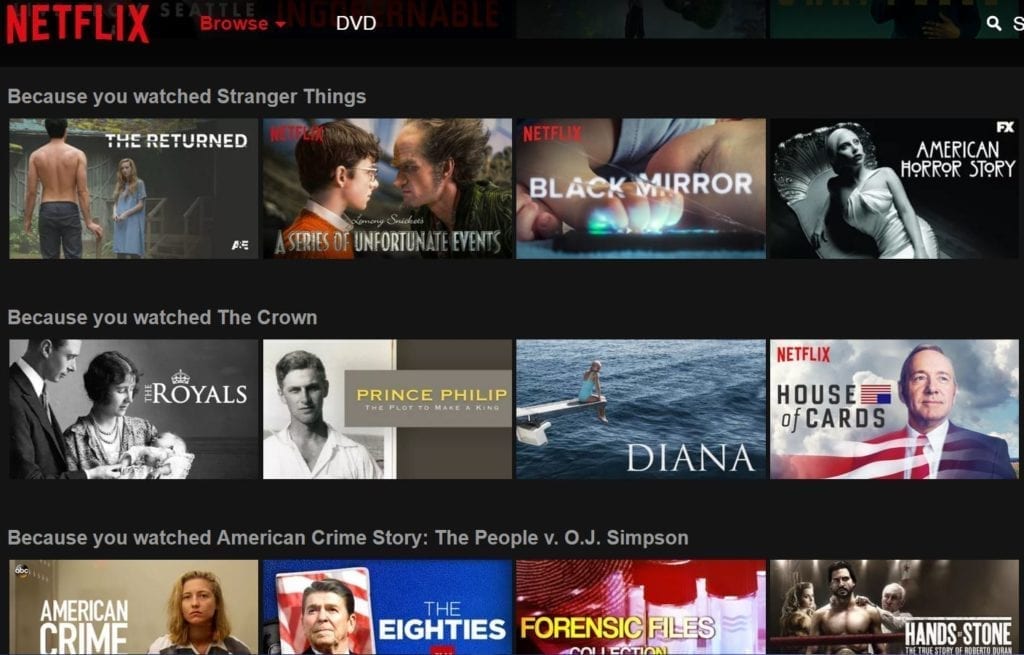
Sometimes a radio station changes its name, format, or both. Other times it makes a morning show switch—sometimes the talent leaves voluntarily, in other instances not so much.
How do stations usually handle these large-scale changes? On far too many occasions, they move forward in their on-air presentations like it’s “business as usual.”
And that is bad business.
Radio station management often doesn’t think about the brands’ relationship to the audience. When big decisions are made, they avoid telling listeners because there is an underlying line of thinking that radio is “show biz” and therefore explanations are somehow unnecessary. “Talk” to the audience? We don’t actually talk to the audience. We present. We’ll make the change and they’ll get it.
Over the course of doing focus groups throughout my career, I heard from radio listeners that had been exposed to these types of changes, in instances where the station didn’t talk about the changes. The audience never understood. If it was a morning show change, they would ask, “Where did the morning show go?” “Where did these new guys come from?” The way these changes were handled generated a sense of confusion. It also created a sense of disappointment and sometimes anger. The radio station has asked its listeners to build a relationship with its hosts. Now the hosts listeners have built relationships with have been taken away and they don’t get an explanation?
Sounds pretty crappy when you really think about it.
A classic example of how to not handle a change was how ESPN handled Mike & Mike. The hugely successful show that paired anchor Mike Greenberg with former NFL player Mike Golic aired on ESPN Radio for 17 years. Then, all of a sudden in 2017, it was announced that Greenberg would be leaving to host his own show. It was never really explained to the audience why he was leaving. When Trey Wingo was brought on to replace Greenberg, the new show was never clearly defined. Why should the audience care? There were reports of acrimony and bad blood between Greenberg and Golic, and Golic and Wingo ultimately didn’t last three years.
Perhaps the show would not have survived anyway, but in many respects it never had a chance. When you replace a heritage show that features hosts that have undeniable chemistry with a new show that is essentially starting from scratch, you need to let the audience in on the change. By doing so, you are asking permission for them to give you the time needed to develop the new show. When you don’t, when you just expect them to “get it,” their reaction is far more likely to be negative. “They took away my favorite show and replaced it with a worse one.”
Golic and Wingo were simply put in a terrible position.
Here’s another example.
YouTuber Stevin John released his first Blippi video in 2014. Wearing a blue shirt with bright orange glasses, suspenders, and a bow tie, John presented Blippi as a children’s entertainer and educator. Blippi has been a massive success in children’s entertainment. Blippi has 13 million YouTube subscribers and an additional 11 million on a Spanish language account. The videos have racked up billions of views. That’s billions with a b.
Five years after launching Blippi (in 2019,) fans attending the Blippi Live tour noticed that Stevin John wasn’t the one playing the Blippi character. It was the same orange and blue clothes, but it was actor Clayton Grimm on stage with no explanation. Audiences were just expected to accept that Blippi was Blippi, no matter who played him. Recently, John launched a new Learn With Blippi series of videos on YouTube, and Clayton Grimm is now also the online Blippi. What did viewers think? The comments are turned off.
This has resulted in widespread confusion, with online comments that include, “Who’s this??! This ain’t gonna fly with my kids,” while another wrote, “My 3-year-old said, ‘That’s not Blippi.”
If you dig deep enough, you’ll find John addressed the issue in an interview with Billboard before the 2019 tour. “I won’t be on the road, but I am obviously extremely involved with the whole process,” he said. “Blippi is as a character and I’m the creative force behind it, but since YouTube is a monster and all of these platforms are really crazy I can’t go on the road for many weeks or months at a time.”
When you’re trying to deliver a crucially important widespread message about a change to your brand, maybe an industry publication like Billboard isn’t the way to go. This is a message that should have been delivered aggressively through traditional media and social media, and should be clearly front and center on the Blippi website. But it’s not. In fact, the answer to the question “Who is the actor that plays Blippi?” on the FAQ page is Stevin John.
What happens when a radio station changes its name or music?
When a station makes a wholesale change to its brand—a name change, music shift, new imaging, perhaps new air talent—it cannot emerge “fully developed.”
Your station can’t have one name, one music library, one set of DJs, and one imaging package on the air on a Thursday, and suddenly debut all new things on a Friday and pretend like nothing has happened.
This is in part because listeners are not paying close enough attention. They will not pick up on the nuances you expect them to. The result is that the new brand doesn’t get the opportunity to build properly because the audience is confused.
They changed their name from G102 to The Vibe? Why? That morning show I listened to every morning for five years is gone. Why? They’re not playing my favorite songs anymore. Why?
Every brand change needs a story. You cannot just jump in the pool with no explanation.
There was a rock station in Davenport, Iowa in the 80s that ignored their brand fit and followed the music trends. The station started playing popular Top 40 artists like Prince and Madonna. The ratings tanked and listeners were furious. Ultimately, station management realized they had made a mistake and recognized they were damaging the brand. When they corrected their error, they didn’t just take Prince and Madonna off and hope the audience picked up on it. The program director went on the air and apologized. He explained why they did it, why they were changing back, and handled it with some self-deprecation.
The ratings came roaring back.
When E. Alvin Davis was a program director and consultant, he explained the value of having the PD talk to the audience about what they were doing. He would introduce himself in promos explaining new contests. Here’s what it’s called, here’s why we’re doing it, and here’s how to play. Let the audience peek behind the curtain.
Ultimately, that’s the whole point. Let your audience peek behind the curtain. If you tell them why you changed the station (and please, do not insult their intelligence and say, “you told us you wanted it”,) they are more likely to accept it. If you explain why the music has changed, they are more likely to notice (and listen). If you explain why the new morning show is there and why the other one left, they are more likely to give the show a chance.
Show biz is an important part of radio, but sometimes we need to dial it back just a bit. When changes are made, be intimate and honest and don’t pretend the change didn’t happen. If your goal is to build strong bonds with your audience, you’ve got to be willing to share the ride with them, in good times and in challenging times. If you treat the audience like the bond doesn’t exist, the bond will be broken and the change for naught.



